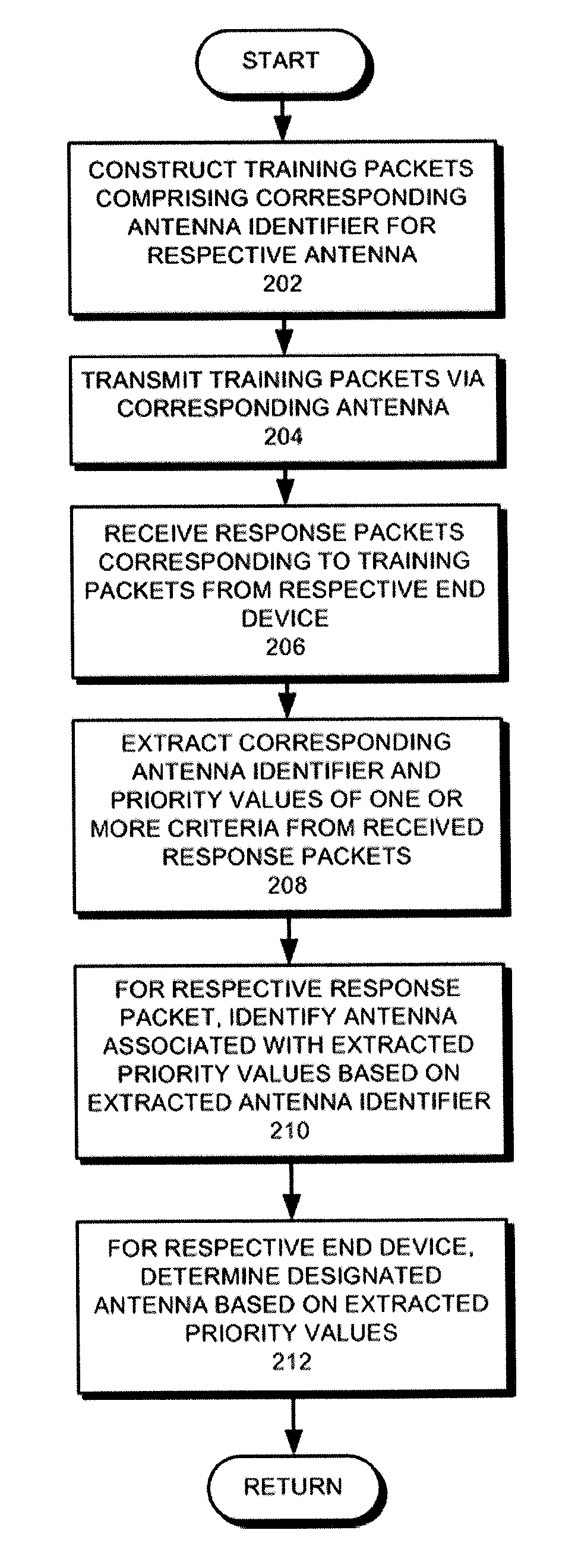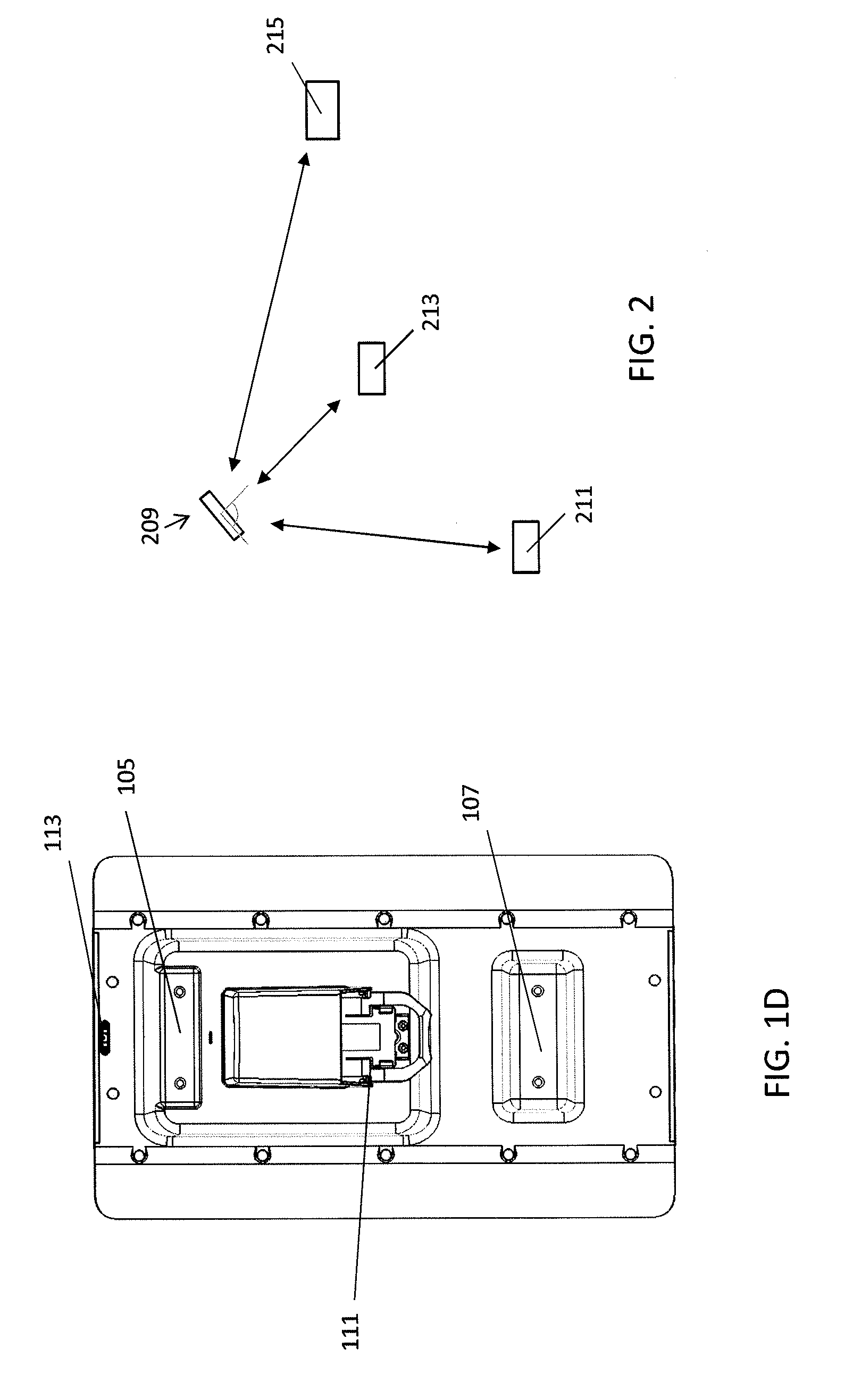Methods of operating an access point using a plurality of directional beams
a technology of access points and beams, applied in diversity/multi-antenna systems, particular array feeding systems, wireless communication, etc., can solve the problems of low utilization of wireless bandwidth provided by antennas, interference of directional antennas, and large lenses
- Summary
- Abstract
- Description
- Claims
- Application Information
AI Technical Summary
Benefits of technology
Problems solved by technology
Method used
Image
Examples
Embodiment Construction
[0121]Phased array antennas are described herein, including phased array antennas that include a compact, electronic lens for steering (beamforming) the antenna. Features of the array antennas, and of systems including such antennas, are described in greater detail below, and may include: compact, electronic lenses (e.g., lacunated lenses) for steering a phased array antenna, phased array antennas incorporating such compact electronic lenses, phased array antennas adapted for use with a removable, self-contained RF radio (transceiver) device, methods and devices for identifying the type of antenna (including the type of phased array antenna) to which a removable, self-contained RF radio is connected, methods and device for controlling a phased array antenna by a removable, self-contained RF radio, and arrangements of antenna (emitting) elements within a phased array antenna. Also described herein are systems and methods of operating an access point using an antenna array, which may ...
PUM
 Login to View More
Login to View More Abstract
Description
Claims
Application Information
 Login to View More
Login to View More - R&D
- Intellectual Property
- Life Sciences
- Materials
- Tech Scout
- Unparalleled Data Quality
- Higher Quality Content
- 60% Fewer Hallucinations
Browse by: Latest US Patents, China's latest patents, Technical Efficacy Thesaurus, Application Domain, Technology Topic, Popular Technical Reports.
© 2025 PatSnap. All rights reserved.Legal|Privacy policy|Modern Slavery Act Transparency Statement|Sitemap|About US| Contact US: help@patsnap.com



